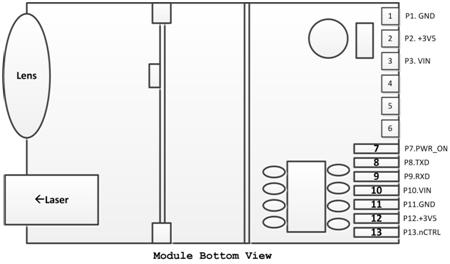Spring: Since the climate is warm, it is the period during which chickens have the highest growth and egg production rate in the year. Therefore, special attention should be paid to improving the nutritional level of the diet, breeding well and breeding eggs, setting up adequate nest boxes, and avoiding the increase of dirty eggs and broken eggs. . However, spring is also a disease-prone season. It is necessary to make preparations for prevention and control, and when the temperature changes, attention should be paid to insulation. Chickens that do not produce eggs in the spring are mostly diseased chickens and should be eliminated in time.
Summer: Summer is hot, chickens are covered with feathers, and most of them are black feathers, so chickens are particularly afraid of heat. When the temperature is higher than 25°C, the growth of the flock and the egg production rate begin to decline. Therefore, the main task of the summer is to prevent the heat and cool down, and its methods are such as planting trees, taking shelters, spraying water or water, reducing breeding density, and providing cool drinking water.
Fall: At this time, old hens begin moulting and stop production. When the chicks begin to lay eggs and the climate is suitable for broiler growth, the husbandry and management should be strengthened to promote the new hens to produce more eggs. The unwrought hens will postpone moulting. Increase the growth rate of broiler chickens. There is a large temperature difference between day and night in autumn, and attention should be paid to adjusting the temperature, and the sunshine should be gradually shortened. Wherever possible, artificial lighting should be added. In addition, preparations for cold prevention before the winter should be done.
Winter: Short winter sunshine and low temperature, the main task is to do a good job of keeping warm and cold, ensure that the temperature is not lower than 8 °C, and heating equipment can be set up under certain conditions. The window of the henhouse should be covered with paper or be covered with plastic film to reduce the ventilation; the door should not be opened suddenly, causing a sudden drop in temperature, causing chickens to catch a cold; conditional winter drinking water can be used with warm water or warm water. Due to the short winter nights, the natural light is short, pay attention to supplement the light.
(Source: Shandong Science and Technology News Author:
Industrial Laser Distance Sensor
Industrial Laser Distance Sensor, we also call it secondary development laser distance module, which support TTL level and CMOS. The laser range sensor can be widely used in professional surveying, mapping, construction, robots, hunting arrows, industrial monitoring and automated measurement applications in electricity, transportation, etc. Our laser distance module supports data communication with RS232, USB with a simple adapter. The results of laser distance sensor can be evaluated with Arduino. We are always looking ahead, hoping we can make every measurement simple in life!

Parameters of M703A:
|
Accuracy |
±1 mm (0.04 inch) |
|
Measuring Unit |
meter/inch/feet |
|
Measuring Range (without Reflection) |
0.03-150m |
|
Measuring Time |
0.1~3 seconds |
|
Laser Class |
Class II |
|
Laser Type |
635nm, <1mW |
|
Size |
72*40*18mm (±1 mm) |
|
Weight |
About 21g |
|
Voltage |
DC2.0~3.3V |
|
Electrical Level |
TTL/CMOS |
|
Frequency |
10Hz |
|
Operating Temperature |
0-40 ℃ (32-104 ℉ ) |
|
Storage Temperature |
-25~60 ℃ (-13~140 ℉) |
Laser Distance RS232,Arduino Distance Module,Laser Module RS232
Chengdu JRT Meter Technology Co., Ltd , https://www.accuracysensor.com